Field Guide to Maryland's Lizards (Order Squamata)
Main_Content
Common Five-lined Skink (Plestiodon fasciatus ) |
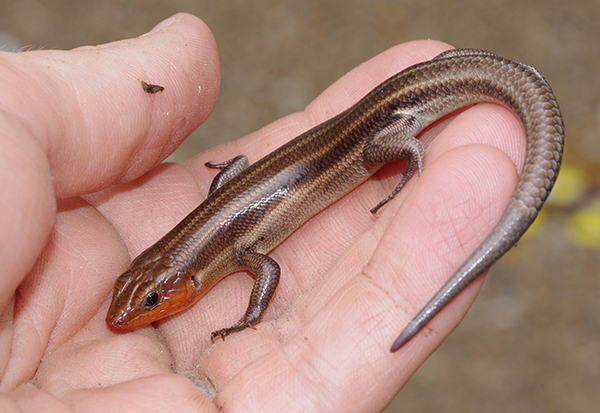
Photo of Adult five-lined skink by Brad Carlson Flickr CC by NC 2.0
|
Size:
5 - 8½ inches |
Appearance:
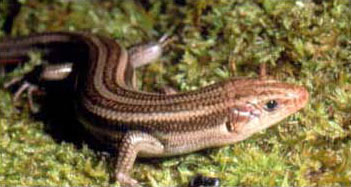
Photo of Adult Common Five-lined Skink courtesy of Matt Sell
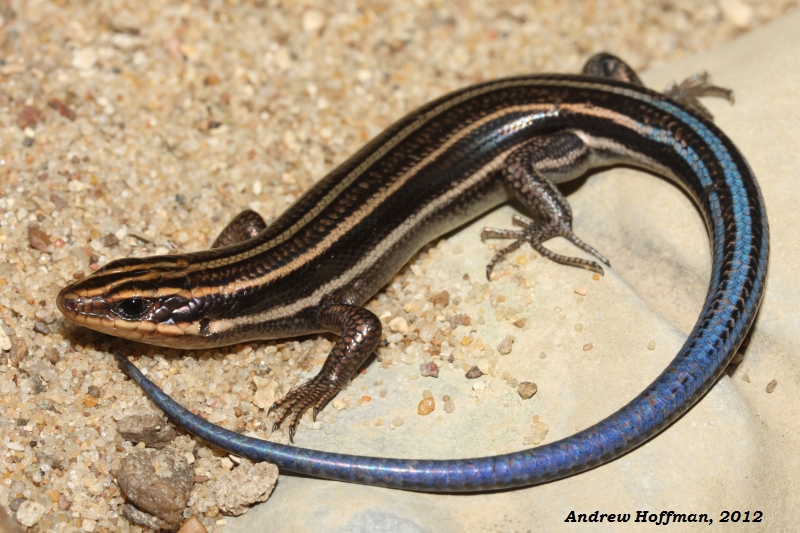
Photo of Juvenile five-lined skink by Andrew Hoffman Flickr CC by ND NC 2.0

Photo of Adult Common Five-lined Skink courtesy of John White
|
Habitats:Wooded areas, usually on the ground under rocks and rotting coarse woody debris. Microhabitat is usually moist. Primarily a terrestrial skink, rather than arboreal. This is the common skink of backyards and porches. |
How to Find:On cool days look under coarse woody debris, particularly within cutover woodlots and on wood edges. They may also be found in sawdust piles in the former.
On hot sunny days look for them basking briefly on logs and stumps or in leaf piles. They readily bite when handled, but while painful, it seldom breaks the skin.
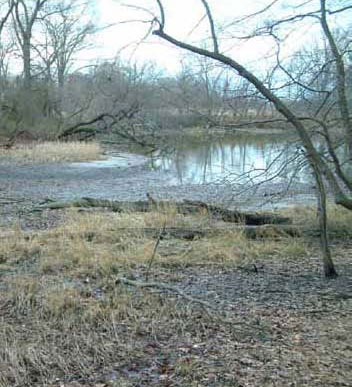
Photo of Habitat for Common Five-lined Skink courtesy of Rebecca Chalmers
|
Distribution in Maryland:Found throughout Maryland, although more common on the Coastal Plain.
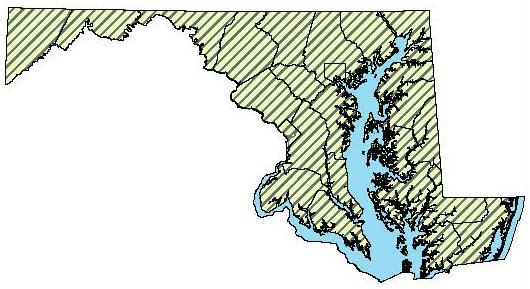
|
For More Information: |
|
